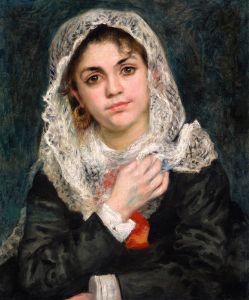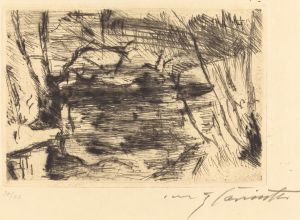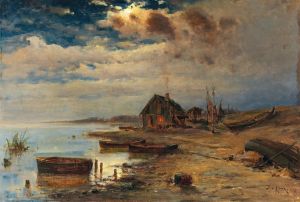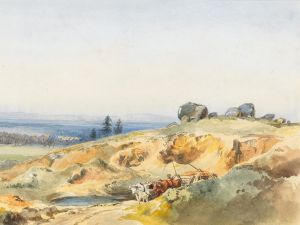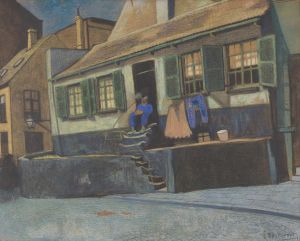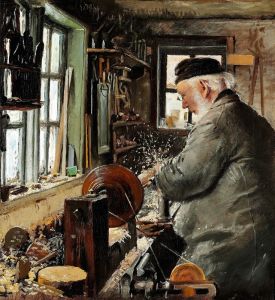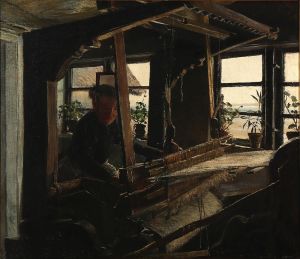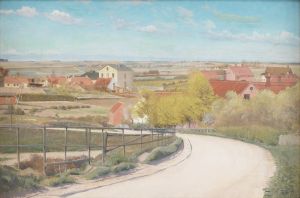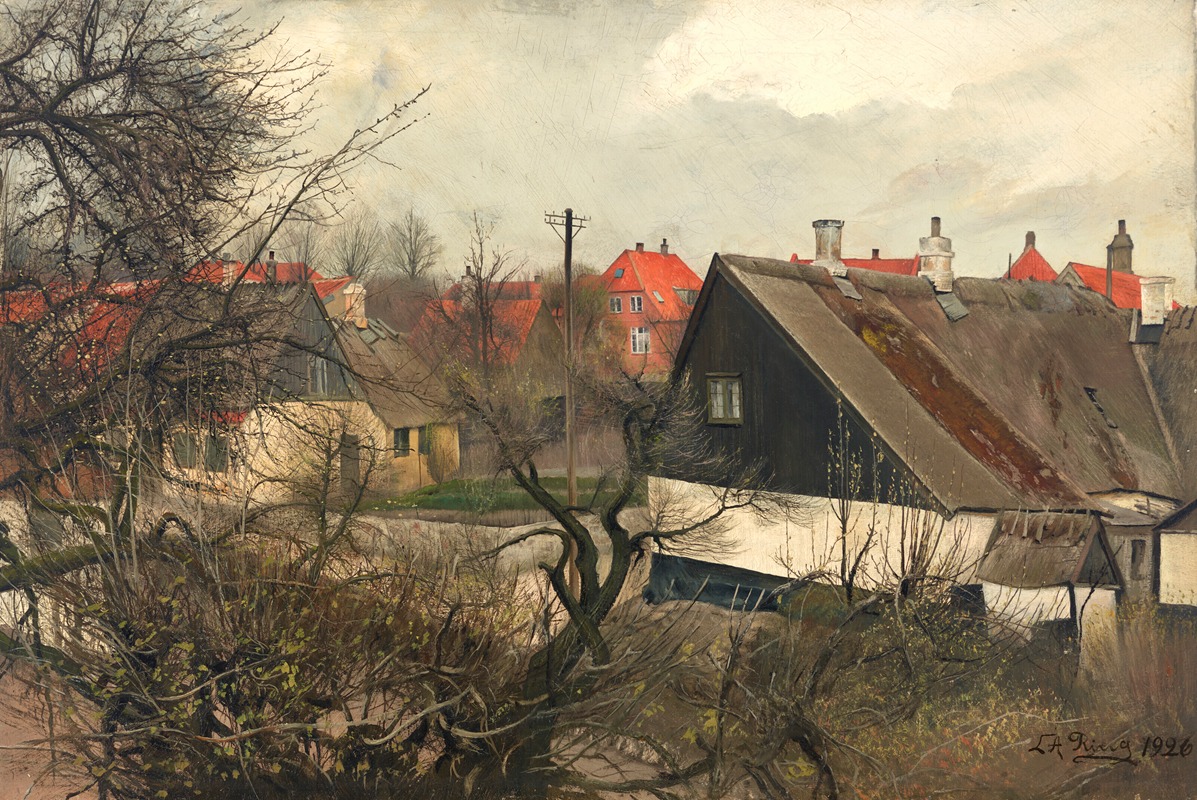
Sankt Jørgensbjerg
A hand-painted replica of Laurits Andersen Ring’s masterpiece Sankt Jørgensbjerg, meticulously crafted by professional artists to capture the true essence of the original. Each piece is created with museum-quality canvas and rare mineral pigments, carefully painted by experienced artists with delicate brushstrokes and rich, layered colors to perfectly recreate the texture of the original artwork. Unlike machine-printed reproductions, this hand-painted version brings the painting to life, infused with the artist’s emotions and skill in every stroke. Whether for personal collection or home decoration, it instantly elevates the artistic atmosphere of any space.
Laurits Andersen Ring, a prominent Danish painter, created the artwork "Sankt Jørgensbjerg" in 1928. Ring is renowned for his contributions to Symbolism and Social Realism, and his works often reflect the everyday life and landscapes of Denmark. "Sankt Jørgensbjerg" is a notable example of his ability to capture the essence of Danish rural life and architecture.
The painting depicts the village of Sankt Jørgensbjerg, located near Roskilde, Denmark. This area is known for its historical significance and picturesque landscapes, which have inspired many artists over the years. Ring's portrayal of Sankt Jørgensbjerg is characterized by his meticulous attention to detail and his ability to convey the serene atmosphere of the village.
In "Sankt Jørgensbjerg," Ring employs a muted color palette, which is typical of his style. The use of soft, earthy tones helps to create a sense of tranquility and timelessness. The composition of the painting is carefully balanced, with the village's architecture and natural surroundings harmoniously integrated. Ring's brushwork is precise, yet it retains a certain fluidity that adds to the overall impression of calmness.
One of the key features of Ring's work is his focus on light and shadow. In "Sankt Jørgensbjerg," he skillfully captures the interplay of light on the village buildings and the surrounding landscape. This attention to lighting not only enhances the realism of the scene but also imbues it with a sense of warmth and intimacy.
Ring's depiction of Sankt Jørgensbjerg is not just a representation of a specific location; it also reflects broader themes present in his oeuvre. His work often explores the relationship between humans and their environment, highlighting the beauty and simplicity of rural life. In this painting, the quiet charm of the village and its integration with nature suggest a harmonious coexistence that Ring frequently sought to portray.
Throughout his career, Laurits Andersen Ring was influenced by various artistic movements, including Impressionism and Symbolism. However, he developed a distinctive style that set him apart from his contemporaries. His ability to blend realism with a subtle symbolic undertone is evident in "Sankt Jørgensbjerg," where the serene village scene may also evoke a deeper contemplation of life's simplicity and the passage of time.
"Sankt Jørgensbjerg" is housed in the collection of the Statens Museum for Kunst (The National Gallery of Denmark) in Copenhagen. The museum holds a significant number of Ring's works, allowing visitors to appreciate the breadth and depth of his artistic achievements. This painting, like many of Ring's works, continues to be admired for its technical skill, emotional resonance, and its ability to capture the essence of Danish life and landscape.
Laurits Andersen Ring remains a celebrated figure in Danish art history, and "Sankt Jørgensbjerg" is a testament to his enduring legacy. The painting not only showcases his mastery of technique but also his deep connection to the Danish countryside and its people. Through works like this, Ring has left an indelible mark on the world of art, offering viewers a glimpse into the serene beauty of early 20th-century Denmark.







